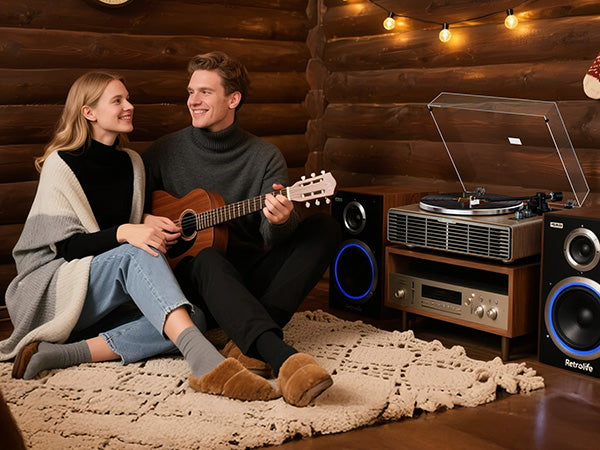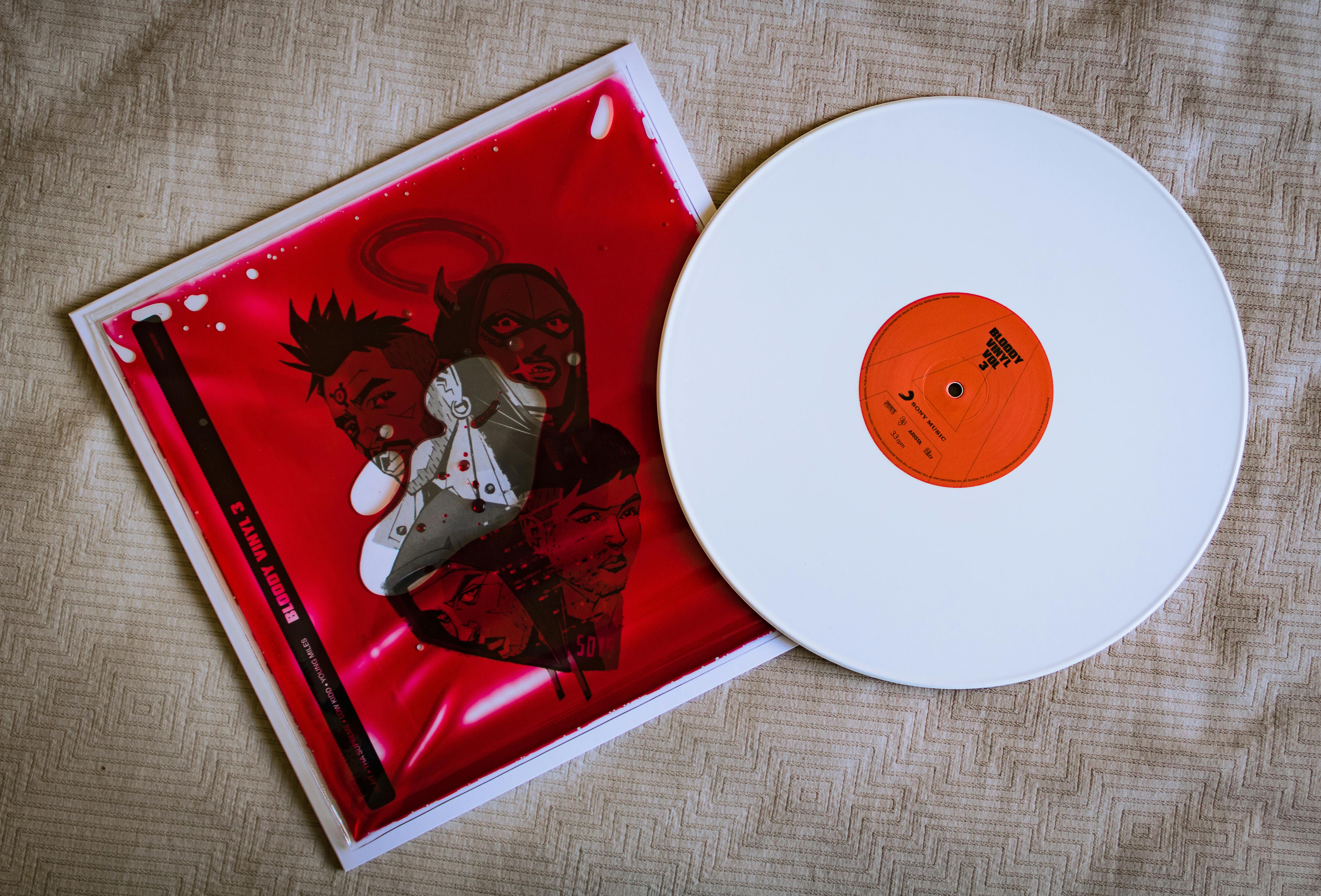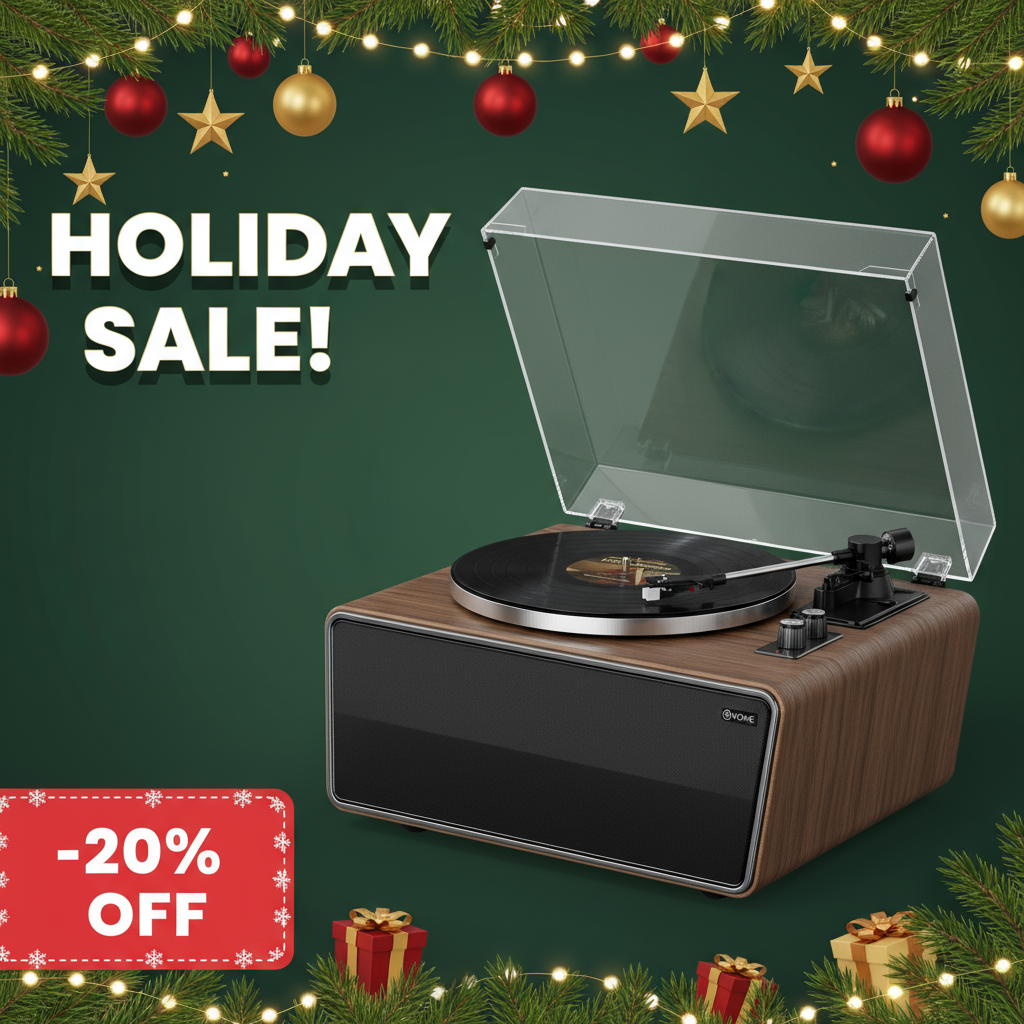The holiday season is upon us, and with it comes the digital flood of Amazon's "record player deals." They flash across your screen in bright colors, promising vintage vibes and analog warmth for the price of a nice dinner. As a lifelong audiophile who has seen countless enthusiasts start their journey with joy or crippling disappointment, I'm here to give you the one thing those product pages won't: the unvarnished truth.
This is not another list of "Top 5 Deals." This is a guide to understanding the first principles of what makes a turntable work. Its purpose is to arm you with the knowledge to bypass the marketing noise and identify genuine value, whether on Amazon or elsewhere. We're here to ensure you invest in a musical instrument, not a record-chewing toy in a suitcase.
First Principles: The Anatomy of a Deal vs. a Dud
Before you even look at a price tag, you must understand the non-negotiable components of a turntable. Most of the cheap, all-in-one players fail on these fundamental points, making them not just a bad deal, but a threat to your record collection.
The Unholy Trinity of Bad Turntables (Avoid at All Costs):
-
The Lifeless Tonearm (No Counterweight): Look at the back of the tonearm (the stick that holds the needle). If it’s just a simple plastic pivot with no adjustable weight on the end, close the browser tab. A counterweight is essential for setting the proper Vertical Tracking Force (VTF)—the downward pressure of the stylus on the record. Without it, the stylus is either grinding into your grooves with excessive force (permanently damaging them) or skimming the surface and skipping. It is the single most important feature distinguishing a real turntable from a toy.
-
The Red-Tipped Record Grinder (Ceramic Cartridge): The cartridge is the device at the end of the tonearm that holds the stylus (needle). The vast majority of cheap players use a chunky, low-fidelity ceramic cartridge, often with a red stylus.1 These require a heavy tracking force (typically 4-6 grams or more) to function, which literally scrapes vinyl out of the grooves with every play. A proper turntable uses a moving magnet (MM) cartridge, which is more sensitive, offers vastly superior sound quality, and tracks at a light 1.5-2.5 grams, preserving your records. If the product page doesn’t proudly list the make and model of its magnetic cartridge (e.g., Audio-Technica AT-VM95E), assume the worst.
-
The Self-Destructive Speaker (Built-in Speakers): Sound is vibration.2 A turntable is a highly sensitive instrument designed to read microscopic vibrations in a groove.3 Placing speakers in the same chassis is an act of engineering insanity. The speaker vibrations feed back through the plinth to the platter and stylus, creating a muddy, distorted sound and causing the needle to skip.4 Good audio requires separate components.
If a turntable on Amazon has any one of these three features, it is not a deal. It is a dud. If it has all three—as virtually every "suitcase," "briefcase," or "vintage-style" all-in-one player does—you are paying to damage the very records you want to enjoy.
The Hierarchy of a Quality Setup: Where Your Money Actually Matters
A common blind spot for newcomers is an obsessive focus on the turntable itself. In reality, the turntable is just one part of a system, and its role is simpler than you think: spin the platter at a consistent speed and allow the tonearm and cartridge to do their job without interference.
Here’s where you should prioritize your budget for the biggest impact on sound quality:
-
The Voice (Speakers): Your speakers are the single most important component in your entire audio chain. A $1,000 turntable playing through $50 computer speakers will sound like $50 computer speakers. A well-engineered $300 turntable playing through a great pair of $500 speakers can sound sublime. Don't starve your speakers.
-
The Translator (Cartridge/Stylus): The stylus is the only part of your system that makes physical contact with the record groove. A better stylus profile (e.g., elliptical over conical, nude over bonded) will retrieve more information from the groove with less distortion.5 Upgrading a cartridge on a good entry-level turntable often yields a far greater sonic improvement than buying a more expensive turntable with a budget cartridge.
-
The Engine (Turntable & Phono Preamp): A good turntable provides a stable, vibration-free platform. Look for solid construction (MDF plinths are better than plastic), a heavy platter (aluminum is good), and specs that show low "wow and flutter" (a measure of speed consistency). You will also need a phono preamp (sometimes built into the turntable or amplifier) to boost the cartridge's tiny signal.6
How to Navigate Amazon: Spotting Real Value
Now, let's apply this knowledge to the Amazon jungle.
-
Filter by Brand, Not Just Price: Ignore the alphabet-soup brands you've never heard of. Focus your search on established manufacturers known for quality entry-level gear. Brands like Audio-Technica, Fluance, and Pro-Ject are reputable starting points. Their products are built on solid engineering principles, not retro aesthetics.
-
Look for the "Good" Specs: A real turntable's product page will list its specifications.
-
Good Sign: Mentions an adjustable counterweight and anti-skate.
-
Good Sign: Names the specific moving magnet cartridge (e.g., "Features an Audio-Technica AT-VM95E cartridge").
-
Good Sign: Lists a signal-to-noise ratio and wow & flutter percentage.
-
Red Flag: The main selling points are "Bluetooth," "vintage look," "3-speeds," and "built-in speakers."
-
-
Understand the Price-to-Value Ratio: A $70 suitcase player discounted to $55 is not a deal. It's throwing away $55. A well-regarded $350 turntable like the Audio-Technica AT-LP120XUSB discounted to $280 is a genuine deal. You are saving money on a quality component that will perform well for years and protect your vinyl investment.
The Alternative: Escaping the Chaos with a Curated System
Navigating the Amazon chaos of mismatched components and dubious deals can be exhausting. For those who value certainty and performance over the hunt for discounts, the best path is often to bypass the mass marketplace entirely.
This is where dedicated audio brands focused on cohesive system design come in. Instead of you trying to become an expert in component matching overnight, they've done the work for you. While browsing the endless listings, consider visiting an official brand source like https://xenonjade.com. Companies like XJ-HOME approach audio from a holistic perspective, ensuring that the turntable, electronics, and speakers are engineered to work in perfect harmony. This approach represents a direct path to high-fidelity sound, guaranteeing your investment is in tangible performance and build quality, not in a brand's Amazon marketing budget.
In conclusion, your holiday turntable purchase comes down to a simple choice: Are you buying an appliance, or are you investing in an instrument?
Ignore the aesthetics and the feature lists. Focus on the fundamentals: an adjustable tonearm with a counterweight, a quality moving magnet cartridge, and a design that isolates the sensitive playback mechanism from vibration.
Use this knowledge to be a discerning buyer. Your ears—and your precious records—will thank you for it. Happy listening.





Leave a comment
All comments are moderated before being published.
This site is protected by hCaptcha and the hCaptcha Privacy Policy and Terms of Service apply.